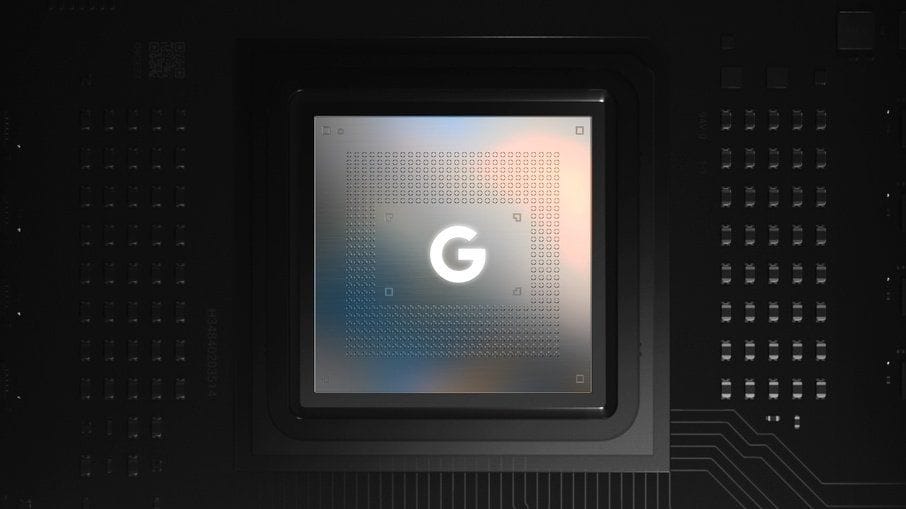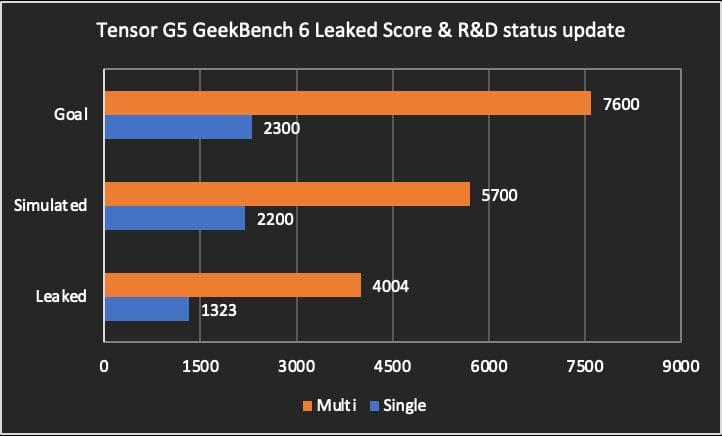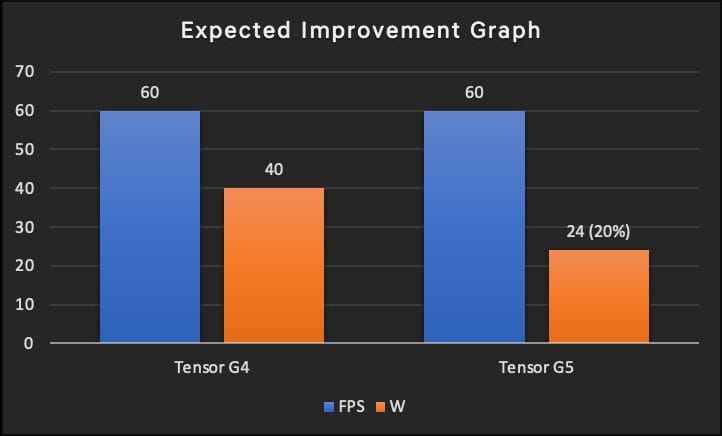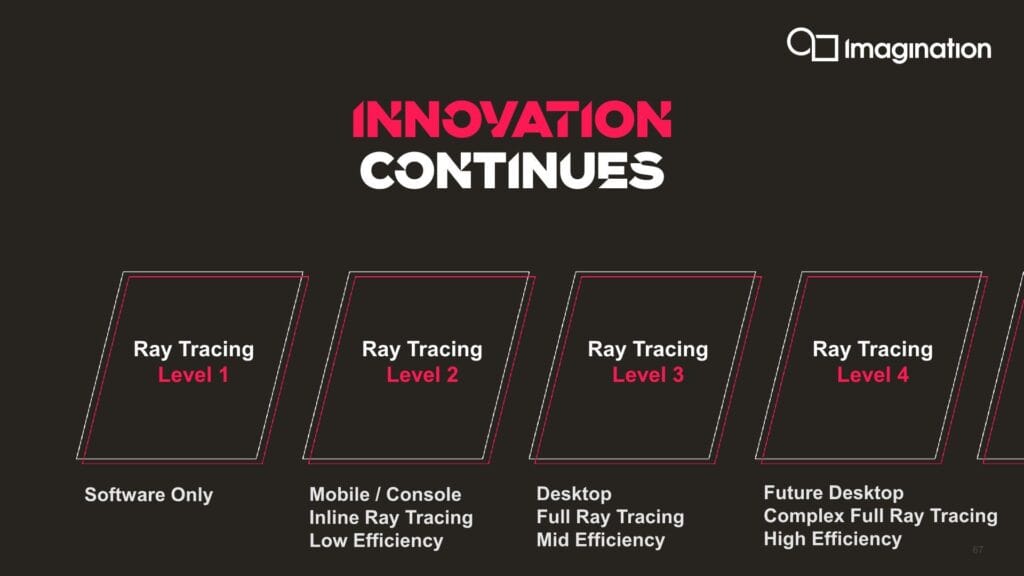Google is reportedly using the Tensor G5 as the next chipset for its Pixel 10 series. Reports indicate a multi-year agreement with TSMC for its manufacture, codenamed “Laguna” marking a complete shift from Samsung. This flagship chip boasts significant architectural changes.

Google Tensor G5 Details
The Google Tensor G5 reportedly utilizes TSMC’s 3nm node and features an 8-core CPU. Configurations vary slightly in reports, but generally include one Cortex-X4 prime core at 3.4 GHz, three to five Cortex-A725 performance cores at approximately 2.85 GHz, and two to four Cortex-A525 efficiency cores at 2.4 GHz. The design emphasizes efficiency and sustained performance using the Cortex-A725, further enhanced by the 3nm process. The transition to newer efficiency cores aims to improve the overall user experience.
The leaked Geekbench 6 scores show a single-core score of around 1323 and a multi-core score of approximately 4004. While lower than the Tensor G4’s scores (around 1950 single-core and 4741 multi-core), these are early results.

Projected scores of 2200 single-core and 5700 multi-core, and a company goal potentially exceeding 2300 single-core and 7600+ multi-core, suggest room for improvement through software optimization. The initial lower scores may be due to early software optimization or the specific test configurations. The focus on a more efficient manufacturing process might prioritize power efficiency over peak performance in initial iterations.
Early benchmarks suggest that the Tensor G5 may not deliver significant performance gains over its predecessor in Geekbench 6, despite architectural changes and the move to a 3nm process. This could be attributed to early software optimization or the specific configurations of the tested devices. The transition to a more efficient manufacturing process might prioritize power efficiency over peak performance gains in early iterations.

The Google Tensor G4 utilized an Arm Mali-G715 MP7 GPU, while the Tensor G5 is expected to feature a dual-core Imagination Technologies IMG DXT-48-1536 GPU clocked at 1.1 GHz. This represents a significant departure from Google’s previous reliance on Arm Mali GPUs. This suggests a strategic shift, potentially driven by dissatisfaction with Mali’s performance in certain areas or a strong interest in the IMG DXT’s capabilities.

The IMG DXT GPU supports Level 4 ray tracing, the highest level in the Ray Tracing Level System (RTLS), enabling high-quality visuals with power efficiency. This aims to deliver more realistic and immersive gaming and visual experiences on the Pixel 10. Level 4 ray tracing is designed to provide state-of-the-art graphics, appealing to users prioritizing visual quality and gaming performance.
The IMG DXT is designed for power efficiency, with its successor, DXTP, offering up to 20% improved power efficiency (FPS/W). While the Tensor G5 uses DXT, this indicates a general trend in Imagination’s designs. The move to IMG DXT could contribute to improved power efficiency in the Pixel 10’s graphics subsystem, potentially addressing a long-standing battery life issue in Tensor-based devices. Improved power efficiency compared to the Mali-G715 MP7 would be a significant advantage.
Discover more from wazzuptechph
Subscribe to get the latest posts sent to your email.

